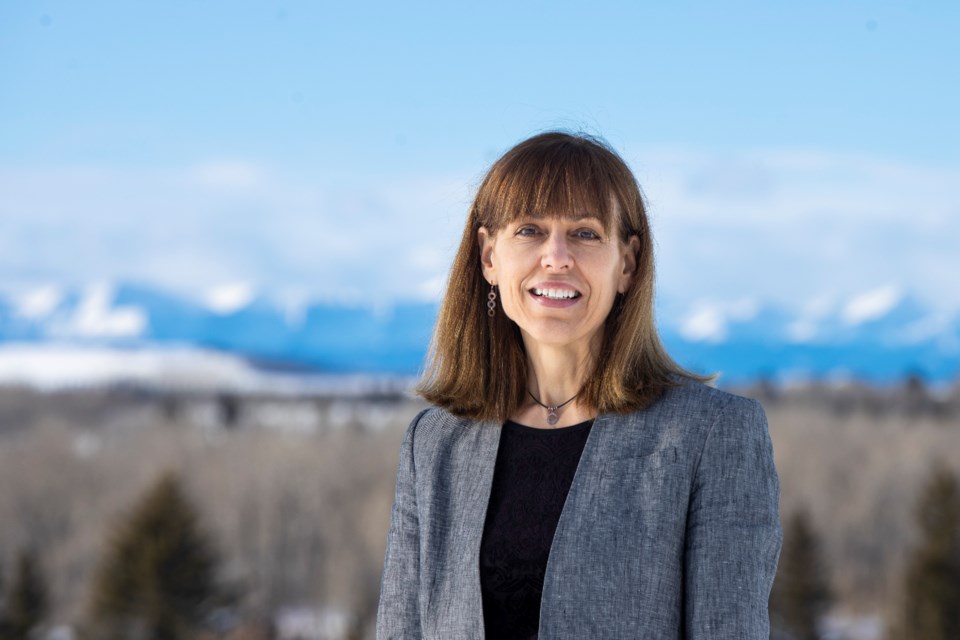Foothills County is looking for more information before making a decision on its fibre optics network.
Council heard a report March 25 from O-NET, an Olds-based Internet service company that began by creating a fibre-optic network in the Alberta town in 2011. In October 2019, council enlisted the consulting services of O-NET to create a business plan and budget estimates for providing a potential operating model for fibre optics in the Highway 2A corridor.
In its report, O-NET outlined two potential models for running a fibre optic network in the Foothills – a dark open access, and a County service delivery.
With a dark open access, the County would install fibre in the ground and then open up the network to third party providers like small communications firms or companies like Telus, Bell or Rogers, said deputy CAO Ryan Payne.
“We would provide the physical infrastructure and then service providers could come forward and offer their suite of services to customers and they would pay the County, basically an access fee to use that infrastructure."
A Foothills County service delivery would have the municipality build the infrastructure and then provide services directly to residential and commercial customers, with a wholesaler in the background operating the system and providing technical supports and hardware.
“We would control everything from building the infrastructure through to the rates that would be charged,” said Payne.
There would be about 325 connections in the Highway 2A area, including businesses and residences.
The presentation from O-NET used conservative uptake numbers, assuming about 18 per cent of existing properties would sign up in the first year, increasing gradually to about 47 per cent by year 10.
However, Payne said council thought those numbers were low and didn’t take a couple of important factors into account: the rate of growth in the County and potential expansion of the commercial base in the Highway 2A area with a service like fibre optic broadband connection.
With those levels of uptake, he said a $27,000 loss, including amortization, shows in year 10.
“They’re going to come back with more of a realistic forecasting that has a little quicker uptake than what was proposed in the presentation,” said Payne.
Council believes the interest in fibre optic service will be more aggressive than predicted, especially in the commercial and industrial areas where faster Internet connections could make a difference in every day operations, he said.
Reeve Suzanne Oel said council will reserve its decision on how to proceed until it sees the results of less conservative numbers, which she believes will be more in line with actual interest.
“We anticipate other numbers to play, such as growth and the benefit of the fibre service attracting anchor tenants, some further business to want to be connected at that higher, which would create a higher rate of return for us,” said Oel.
With the current economic climate and taxpayers feeling the effects of COVID-19 she said council won’t be in a rush to install its network and the project will be staged and phased in.
So far, the County has connected its operations building at Aldersyde with its municipal building in High River and it’s working quite well, she said.
“We think going to a wider service area is the next step,” said Oel. “Including the Highway 2A corridor and businesses there, the public institutions like the field house, residents as well, we think that’s going to add value to the area.”
There could be benefits to Foothills residents if the broadband service becomes the attractant council expects for potential new business in the corridor, she said. Widening the non-residential tax base means less burden on residents.
The service could always be expanded well into the future as well, she said.
“When you think of fibre, it’s a sort of future-proof or long-term-thinking solution,” said Oel. “It is expandable, and there is lower risk to technology changes and lifecycle costs or weather compounding issues compared to wireless.”
Krista Conrad, OkotoksToday.ca
COVID-19 UPDATE: Follow our COVID-19 special section for the latest local and national news on the coronavirus pandemic, as well as resources, FAQs and more.




